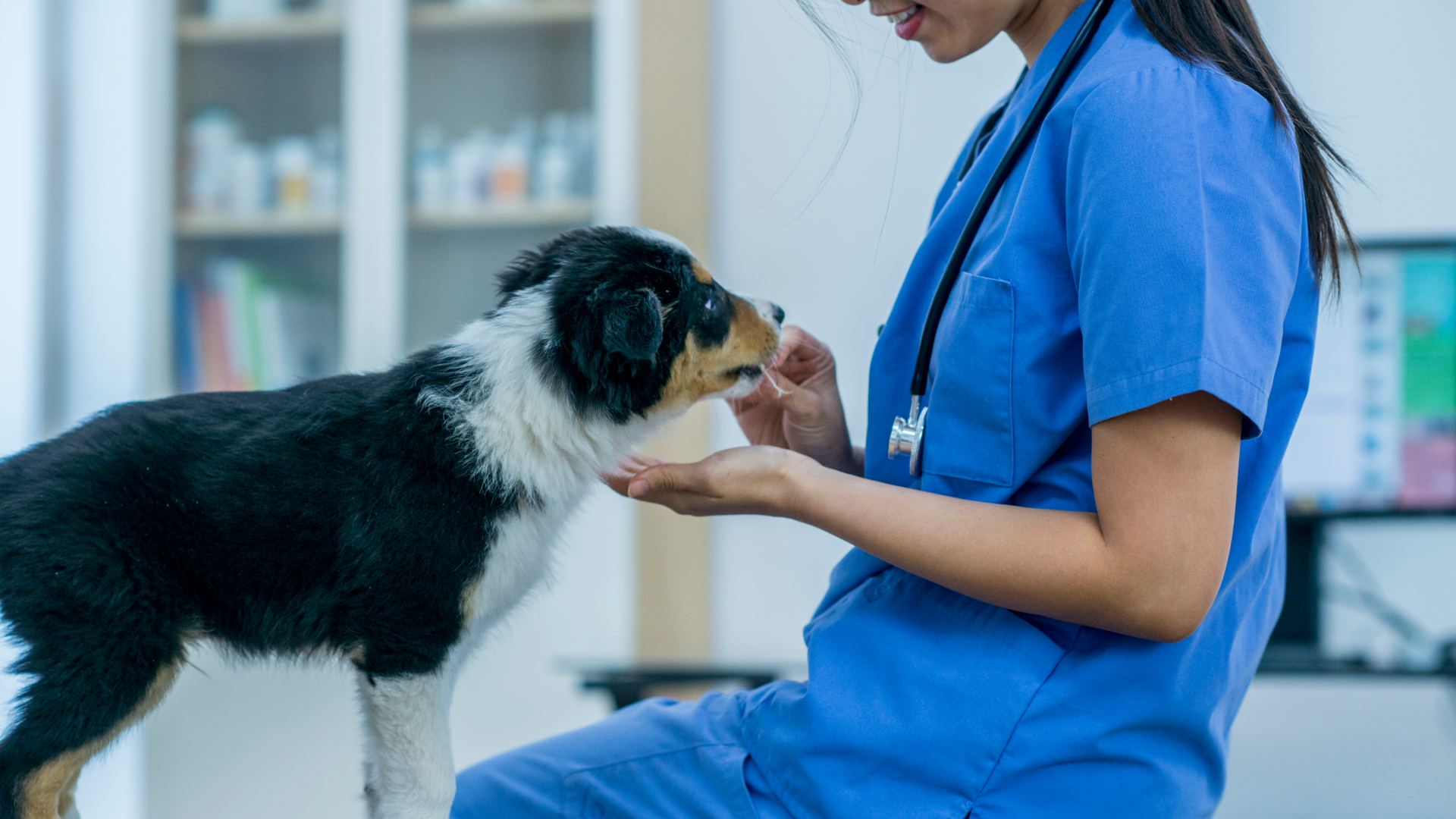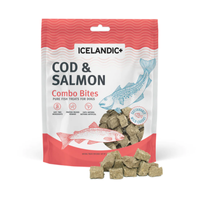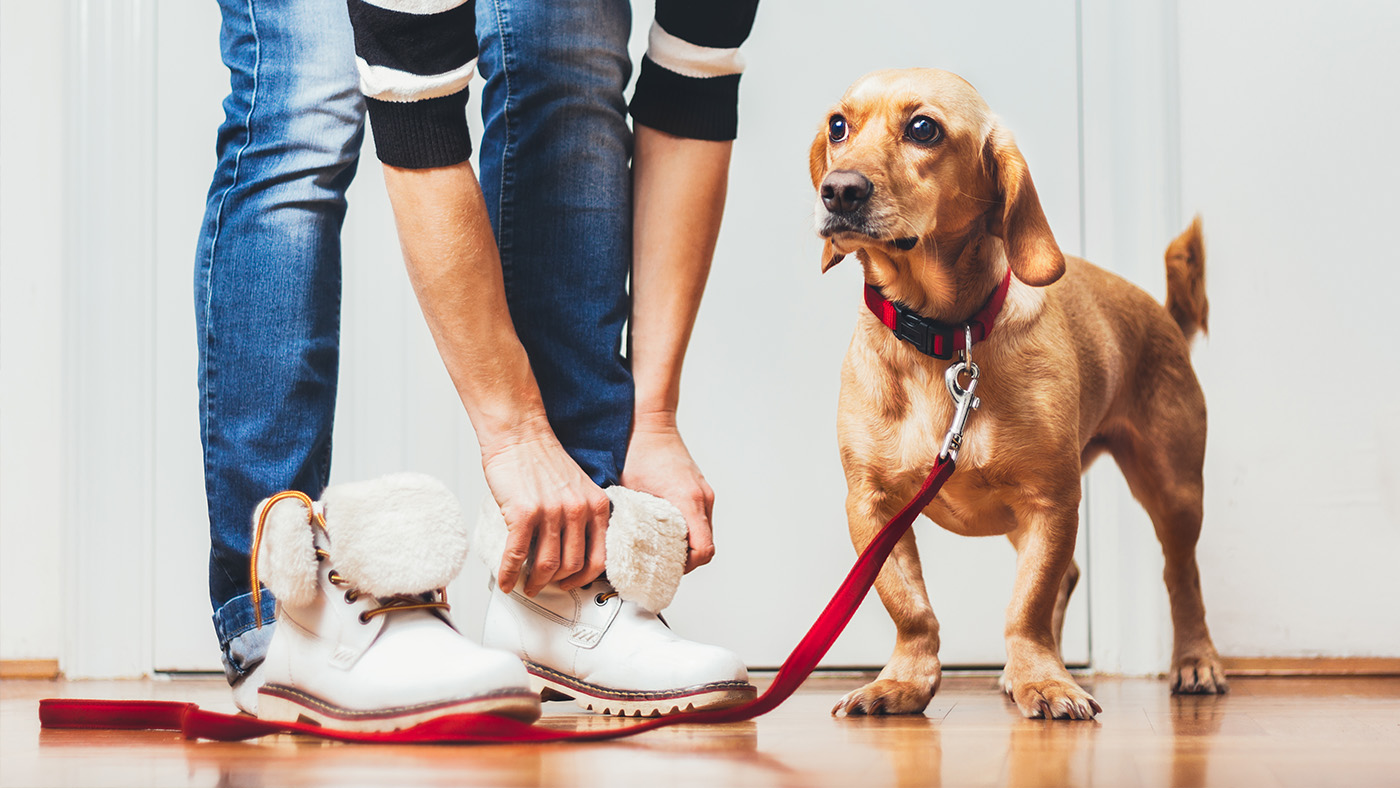7 ways to increase your dog's appetite (and when you need to see a vet)
Wondering how to increase a dog's appetite? Our in-house vets are here to help!

Has your dog stopped eating? If the answer is yes, you’re probably wondering how to boost their appetite and whether this change in behavior should be a cause for concern.
The good news is that there are several ways to get your dog interested in eating again – some as simple as warming up the best dog food and adding a topper. However, before trying anything, it’s crucial to visit your vet first, who can determine if an underlying health condition is causing the issue.
This behavior can be puzzling, especially if your dog usually laps their dinner up in seconds! But there are many reasons why your dog might stop eating, from dental pain and nausea to kidney disease – getting the right diagnosis is the first step.
Below, expert vets Dr. Joanna Woodnutt and Dr. Rebecca MacMillan share their top tips for increasing your dog’s appetite and explain when it might be time to consider medication.
How to increase a dog's appetite
Once you've got advice from your vet, you can try these seven simple ideas to increase your dog’s appetite at home:
1. Add something different to their bowl: Make your dog's mealtimes more interesting by adding a small amount of wet dog food, chopped chicken breast, tuna juice, or water to their bowl.
2. Warm their food: Try heating your dog’s food by microwaving it or adding a splash of boiling water. This might sound unusual, but warm food has a stronger smell, which could make your dog feel hungrier and encourage them to eat. Just ensure it’s cooled down enough before serving it to them!
3. Hand-feed them: Again, this might sound strange, but your dog could feel more tempted to eat their food if it’s offered from your hand. If they eat wet food, you could roll it into small meatballs to make it easier for both of you.
Dr. Woodnutt also suggests speaking in a soothing voice as you do this and even considering feeding them with a knife and fork.
She adds: "Be careful not to use these methods each time though, otherwise, you could be making a rod for your own back!"

4. Medication: Your vet might prescribe a medication to help, but this is usually aimed at treating an underlying symptom or condition.
5. Exercise: Dr. Woodnutt explains that, since exercise stimulates gut movement, it could be an effective way to get your dog’s appetite going again. If you want some advice on getting started, be sure to read our vet's guide on dog exercise.
6. Optimum feeding environment: Ensure your dog’s bowl is placed in a quiet, undisturbed area, and try praising them while they eat.
7. Treats and food toppers: Unless your dog is on a special diet, you could try mixing in a few of the best dog treats or a food topper to make their meal more appetizing.
Icelandic+ Grain-Free Cod & Salmon Combo Bites | Amazon
Our tester Michael says that these dog treats have a strong, fishy smell. While this might not be the nicest thing for us humans, it certainly helps to stimulate your dog’s appetite! The recipe is rich in protein and vitamins, containing only salmon and cod as ingredients.
Medication to increase a dog's appetite
If your dog’s lack of appetite is caused by an underlying condition or symptom, your vet might prescribe medication to target this problem. Dr. MacMillan explains that once the health issue starts to improve, their hunger is likely to improve as well.
Here are a couple of examples of what that might look like and how different medications can help:
| Symptom | Problem | Medication | How it helps |
|---|---|---|---|
| Nausea | Digestive issues or balance problems | An anti-emetic, like maropitant | Once they stop feeling nauseous, they are likely to get their appetite back |
| High temperature | Fever | Anti-inflammatories | Once their temperature comes down, their body can resume normal functions, like eating |
Dr. MacMillan says: "There are drugs that can stimulate appetite in patients, but for some, this is not their main mechanism of action. Most of these are not currently licensed for this purpose in dogs. This includes benzodiazepines (e.g. diazepam) and anabolic steroids, as well as mirtazapine (which is licensed for cats). However, capromorelin has recently been approved as an appetite stimulant in the US by the FDA and could prove particularly useful for dogs with long-term medical issues like chronic kidney disease.
"I never recommend that owners try and self-treat an inappetence for an extended period at home, especially if their dog is showing other symptoms like lethargy, pain, vomiting, or diarrhea. You must always get your pet checked out by a vet first to see if there is a medical issue that needs addressing.
"In some cases, very sick dogs could require hospitalization and feeding assistance via a feeding tube, until they can eat by themselves again. Appetite stimulators have a place for some dogs and can be used in the short term to get a patient eating while they recover from an illness, as well as being used in longer-term conditions. Health complaints like chronic kidney disease or cancer can affect an animal’s appetite, so stimulants could be used as part of their palliative care."

When to see a vet if your dog isn't eating
If your dog is eating less than usual and seems unwell, it’s important to have them checked by a vet. This is especially crucial if they haven’t been eating properly for over 24 hours, explains Dr. MacMillan.
She adds that anorexia in dogs can be caused by a variety of conditions, and it’s important to address them as soon as possible. "Your vet will be able to advise you if medical treatment is required, as well as make some suggestions about feeding and general care for your dog."
If you're wondering, 'How long can a dog go without eating?', this vet's guide can help.

After graduating as a veterinarian from the University of Nottingham, Dr. Joanna Woodnutt went on to practice companion animal medicine in the Midlands. She quickly developed a love of consulting and helping clients with medical problems such as dermatology, behaviour and nutrition - anything that involved helping clients understand their pets better. Jo started writing about pet health in 2017, realising that it meant she could help even more pet parents. Since then, she has written for countless online and print publications and is a regular contributor for Edition Dog Magazine. Jo now lives in the Channel Islands with her husband Ian and terrier Pixie, and they are expecting their first child very soon.

Rebecca is a veterinary surgeon who graduated in 2009 from the Royal Veterinary College in London. She has a wealth of experience in first opinion small animal practice, having done a mixture of day-to-day routine work, on-call emergency duties and managerial roles over the years. Rebecca enjoys medicine in particular and she is proud to have recently achieved a BSAVA postgraduate certificate in small animal medicine (with commendation).
PetsRadar Newsletter
Get the best advice, tips and top tech for your beloved Pets

Megan is a Staff Writer at PetsRadar, covering features, reviews, deals, and buying guides. She has a wealth of experience caring for animals, having grown up with dogs, cats, horses, guinea pigs, and more throughout her life. She studied BA Journalism at the University of Westminster, where she specialized in lifestyle journalism and was editor of Smoke Radio’s lifestyle website. Megan works alongside qualified vets and accredited trainers to ensure you get the best advice possible. She is passionate about finding accurate and helpful answers to your pet-related questions.

